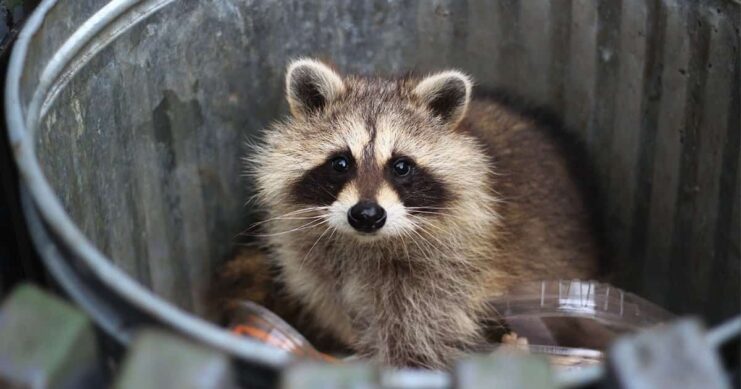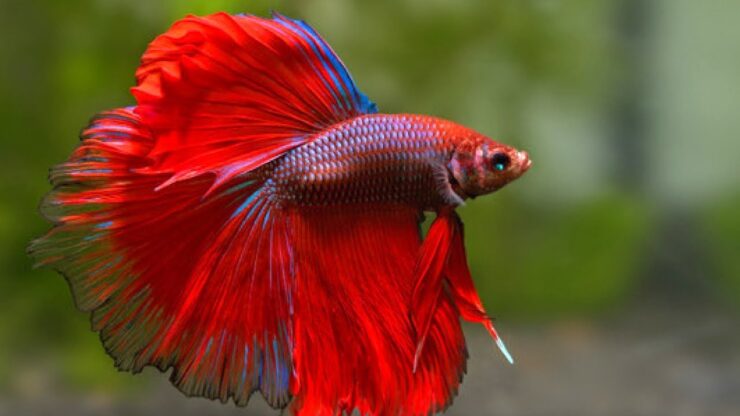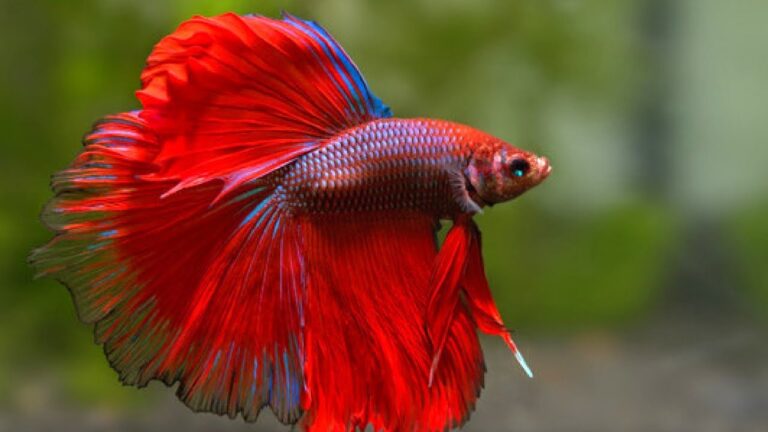It doesn’t take much for wildlife to be attracted to your property. Whether it’s a curious raccoon rummaging through your garbage bins or a cluster of bats moving into your attic, you must know how to deal with them. However, prevention is always best when it comes to wild animals.
So, we put together this comprehensive guide for you to learn more about how to manage wildlife on your property. We’ll take you through every step, from prevention to protection, so keep reading.
1. Understand Local Wildlife
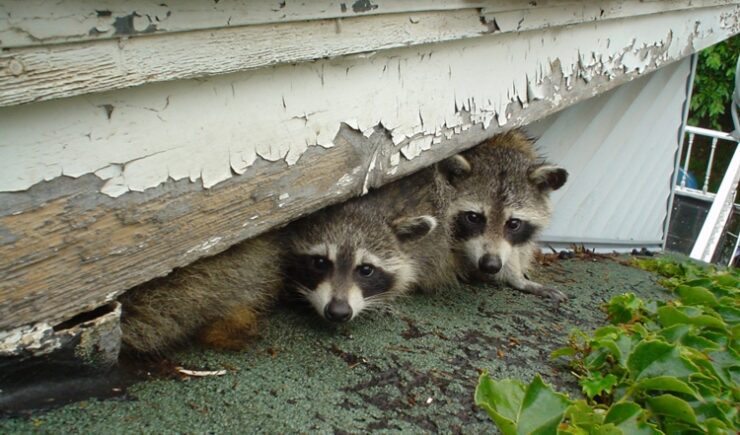
First, you’ll need to learn more about the local wildlife in your area. When you know what creatures to watch out for, you can respond faster if an issue arises. You’ll know what droppings to look out for, plus other indicators that an animal is getting too close for comfort.
Start by searching “local wildlife in (state name)” and reading what you find online. Pay close attention to any animal that’s a pest since they’re more likely to come into contact with you. For example, bats, rats, and mice are some animals that habitually try to enter people’s houses.
Take note of any signs that local wildlife are nearby. If you suspect a pest got in your home already, don’t wait to contact the pros. A wildlife pest control service like critterohio.com would be able to help you. These experts can immediately identify and deal with any animal so you don’t put yourself at risk.
Educate Family and Neighbors
Talking with your neighbors and family about wildlife prevention is also good. They should know what signs to look for and participate in prevention methods.
If you all work together, you’ll have a much easier time preventing problems. Animals won’t discriminate between properties and will move between them as they see fit. You could follow all these steps, but animals will still wander onto your property if your neighbors keep leaving trash out.
So, educating everyone living with and near you is essential to ensure your prevention methods can take effect.
2. How To Prevent Wildlife Issues
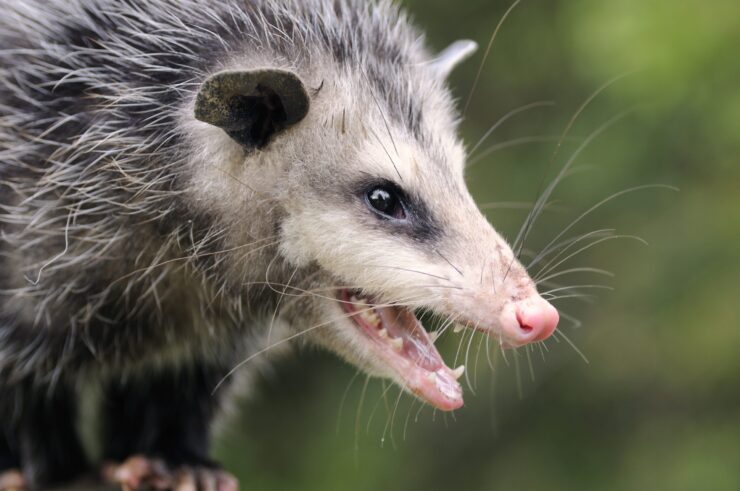
The best way to deal with wildlife is to prevent them from moving into your space. There are several steps that you’ll need to take.
Don’t Leave Out Food
First, ensure you only use garbage bins that animals can’t enter. The smell of garbage can attract animals, like raccoons and rats, to your home. Keep your containers securely closed.
Next, don’t leave pet food outside at night. If you feed your animals out during the day, take them back in before nightfall. That’s when most wildlife searches for food, and your pet’s food would entice them.
It’s also vital that you don’t leave spilled bird seed outside. You’ll want to keep the area around any bird feeders neat. Most birdfeeders don’t allow other animals to get the seeds, so they move on quickly unless they can find food on the ground. If a critter finds birdseed on the ground once, they’ll keep returning for a while.
Seal Entry Points
You’ll need to inspect your home for potential entry points. These could include any cracks or gaps that a small animal could use to get inside your home. You’ll want to check crawl spaces, basements, and attics well for entry points since these are places where wildlife commonly enters.
If you find any openings, make sure to seal them immediately. The CDC says to use steel wool and caulk to seal small rodent holes. You’ll need to use the appropriate materials to ensure the seal lasts.
You can ask a professional wildlife removal service for help identifying and dealing with animal entry points.
Set Up Barriers
It’s also essential that you install several barriers on your property. You’ll need fences, netting, or screens to protect your gardens from wildlife. Gardens can appeal to various creatures, so you’ll want to protect them.
Next, install chimney caps to prevent bats and other animals from entering. Vent screens are also a good idea to include.
Lastly, take the time to check that your garage and she is well-sealed.
Maintain Landscaping
The final prevention method is to maintain your landscaping. You should keep your bushes and trees trimmed and far away from your roof. Any branches near your home could be a bridge for animals to get inside. Cutting them back can keep away squirrels and raccoons.
You should also cut your grass reasonably often. High grass is more appealing to wildlife since they can hide in it easily.
3. Protect Yourself From Wildlife
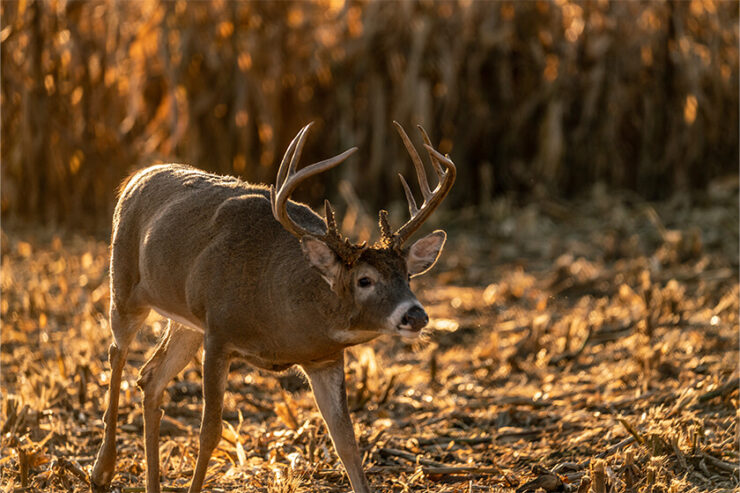
If your prevention methods don’t work, you must know how to protect yourself from wildlife.
Don’t Approach
Never approach a wild animal. You need to keep your distance to avoid provoking them. All animals can bite or scratch, and many carry dangerous diseases.
If there is a wild animal somewhere it shouldn’t be, leave the area immediately and call professionals to remove it. They have access to equipment you don’t, allowing them to handle the animal without harming themselves.
Keep an Eye on Pets
Wild animals can be dangerous to your pets. So, you should always keep an eye on your furry friends.
You should keep your pets in a secure area or on a leash. Many wild animals view pets as a threat and will act aggressively against them.
Practice Awareness During Dusk and Dawn
Many wild animals are more active during sun up and sun down. You’ll want to be extra cautious when outside during these times.
If you do see a nocturnal animal out during the day, give it space and leave immediately. There’s a chance that it has rabies, which is extremely dangerous and makes the animal aggressive. Make sure to report any strange animal activity like this.
Prevention and Protection Are Your Priorities for Wildlife Control
In short, you’ll want to take many preventive steps to keep yourself safe from wildlife. If you make contact with a wild animal, don’t provoke it; contact the experts immediately. Doing so will keep you safe.
Related Posts:
- The Hidden Costs of Ignoring Bird Control: Why…
- Hacked Coinbase Account? Your Action Plan for…
- EcoTech Excellence: Top Online Initiatives for…
- Tactical Pants - Every Wildlife photographer Should have One
- Rat-Proofing Your Home - 9 Best Long-Term Solutions
- Mold Testing Cost Breakdown: Tips for Affordable and…

